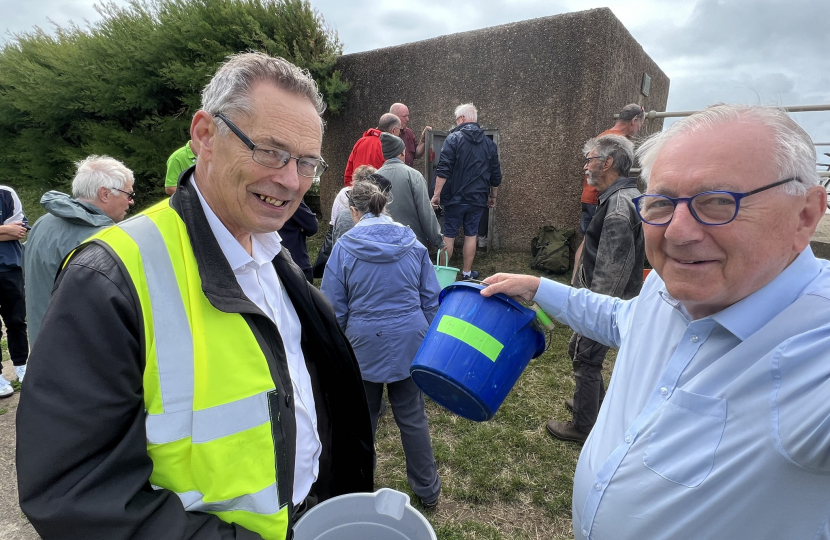
Cooperation is good, especially when it is voluntary. Unnecessary conflict is bad. Differences of opinion and different understandings can lead to discussion, to resolution or to decision. Systems to reduce conflict can be developed, by convention and law.
Why do we drive on the left; why do others drive on the right? Until the late 1700s, to avoid clashes – and to aid fighting on a horse - it made sense to have your scabbard on the left. Right-handed riders could mount more easily from the left and could slash more easily on the right.
It is safer and easier to mount and to dismount at the side of the road rather than in the middle of traffic. Mount on the left; ride on the left.
The United States and France developed larger wagons pulled by pairs of horses. The driver would sit on the left horse at the back, using a whip in the right hand. Sitting that side, you would want oncoming traffic to pass on the left. You could look down to avoid wheels clashing.
The WorldStandards website records that before the French Revolution in 1789, the aristocracy kept left, forcing ordinary people to the right. Then, to keep a low profile, they joined peasants on the right. The official keep-right rule in Paris came in 1794.
The states that resisted Napoleon, Britain, the Austro-Hungarian Empire and Portugal stayed right. We made left-hand driving the rule in 1835. There is a complicated history in some territories and countries.
A few days ago, I joined the Ferring volunteers emptying water and sludge from a surviving 1941 pill-box. The bucketeers, aided by councillors and village community groups, formed a human chain for cooperative endeavour. Some passed the bucket to the left, some to the right. Standing by the railings, I faced left. It was easier to lift the bucket over the top bar with my left arm before lowering it with my right hand.
On Tuesday I had a lunchtime discussion with the broadcaster and journalist Nick Ross and former roads minister Steven Norris, fellow vice-presidents of IAM RoadSmart, the Institute of Advanced Motorists. We kept to water as we reflected on how the annual number of road deaths came down from over 5,000 to under 2,000 a year since we started to influence actions and attitudes in the 1980s.
Steven said that if the equivalent number died in say four jumbo jets crashes each year, there would be concentrated action. Nick reflected that what matters most are actions that either prevent a road user doing something wrong or that avoid or reduce the consequences of mistakes, whether deliberate or unintended.
I commend the newsletter from the UK Road Safety Network, part of Worthing’s Graham Feest Consultancy. He shows how low-cost high-value actions work. He was County Road Safety Officer and head of Road Safety for IAM RoadSmart. He kindly arranged for me to be a Fellow of AIRSO, the Association of Industrial Road Safety Officers, now the Association for Road Risk Management.
Issues of current concern include inconsiderate and hazardous pavement parking, essential changes for improved motorcycle training, driver testing and education, clearing foliage from road signs, pothole dangers, the risks from fatigue, drink and drugs and many other challenges.
Nick, Steven and I intend to work with others to bring road deaths below the Covid pandemic level, on the way to below 1,000 – and then we can map the known ways to achieve lower levels still.
In my field of politics, democracy includes responsibly accepting defeat at times; it is not a way of guaranteeing victory.
When cooperating to cut casualties, we should not stand still. The progress forty years ago can and will be continued. We each have a part to play. Be concerned. Help others. Be on the right side even when we keep left.



